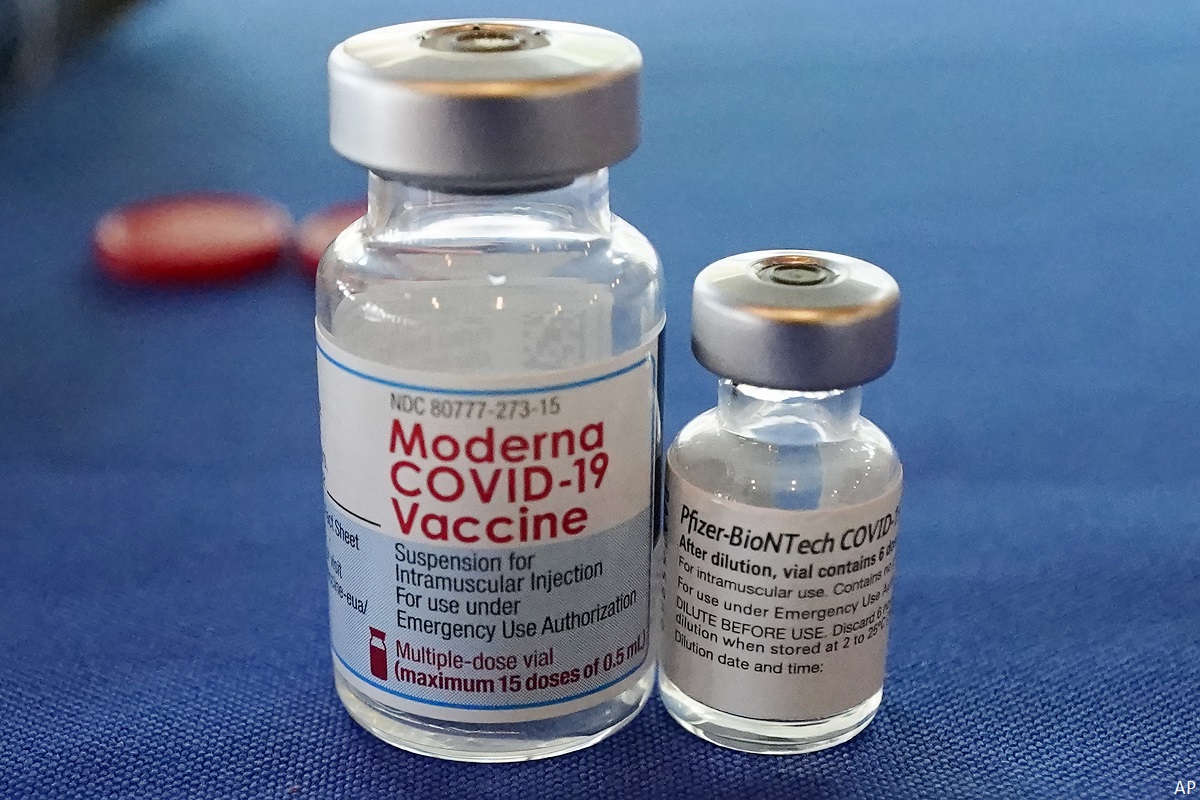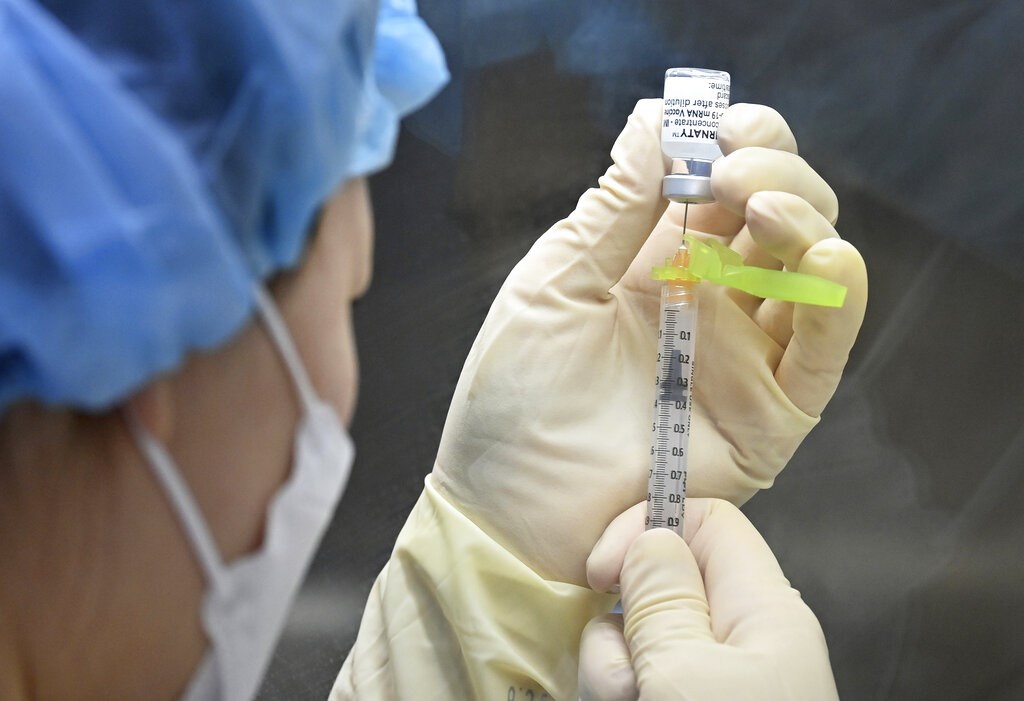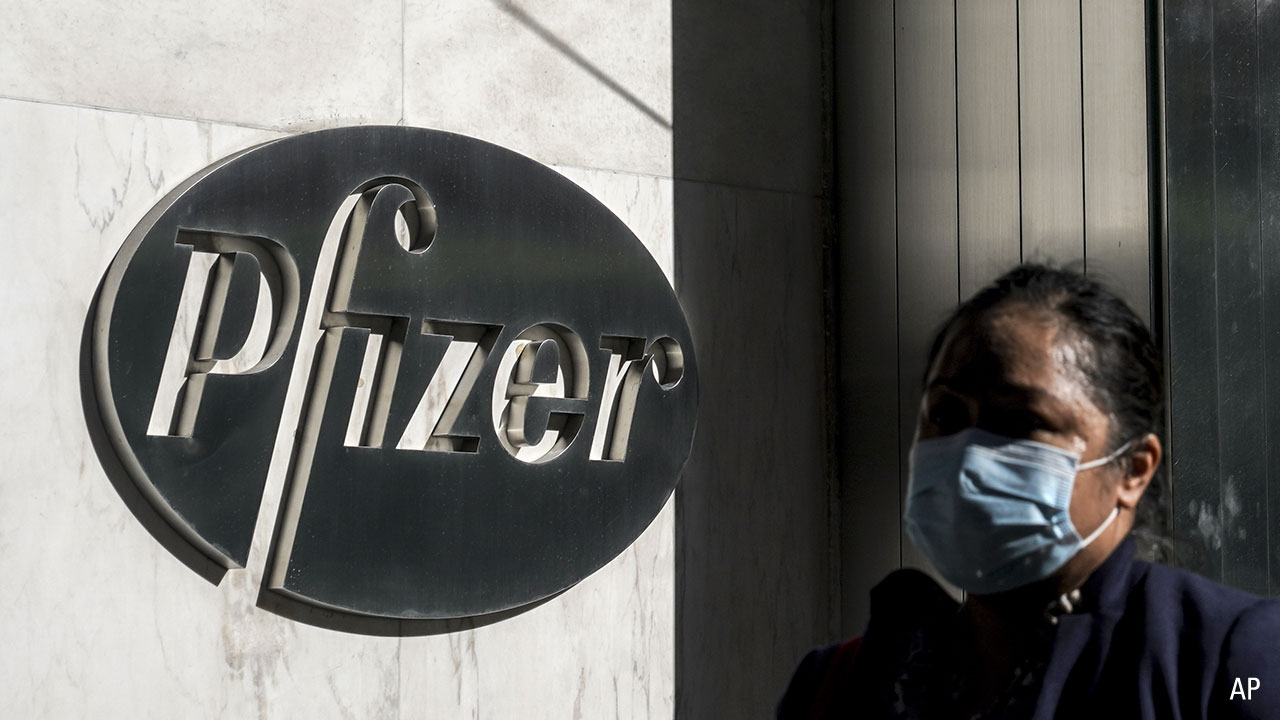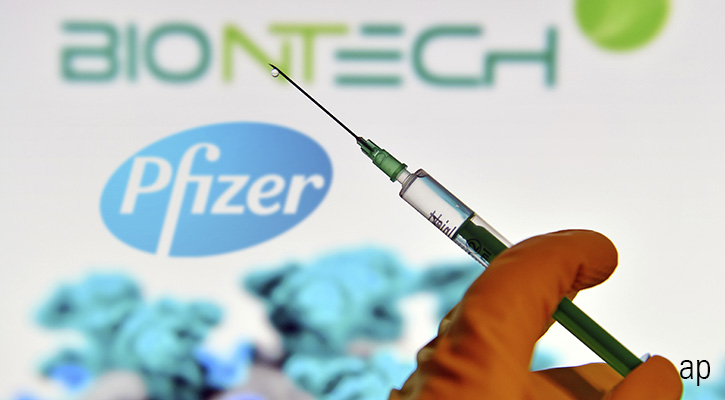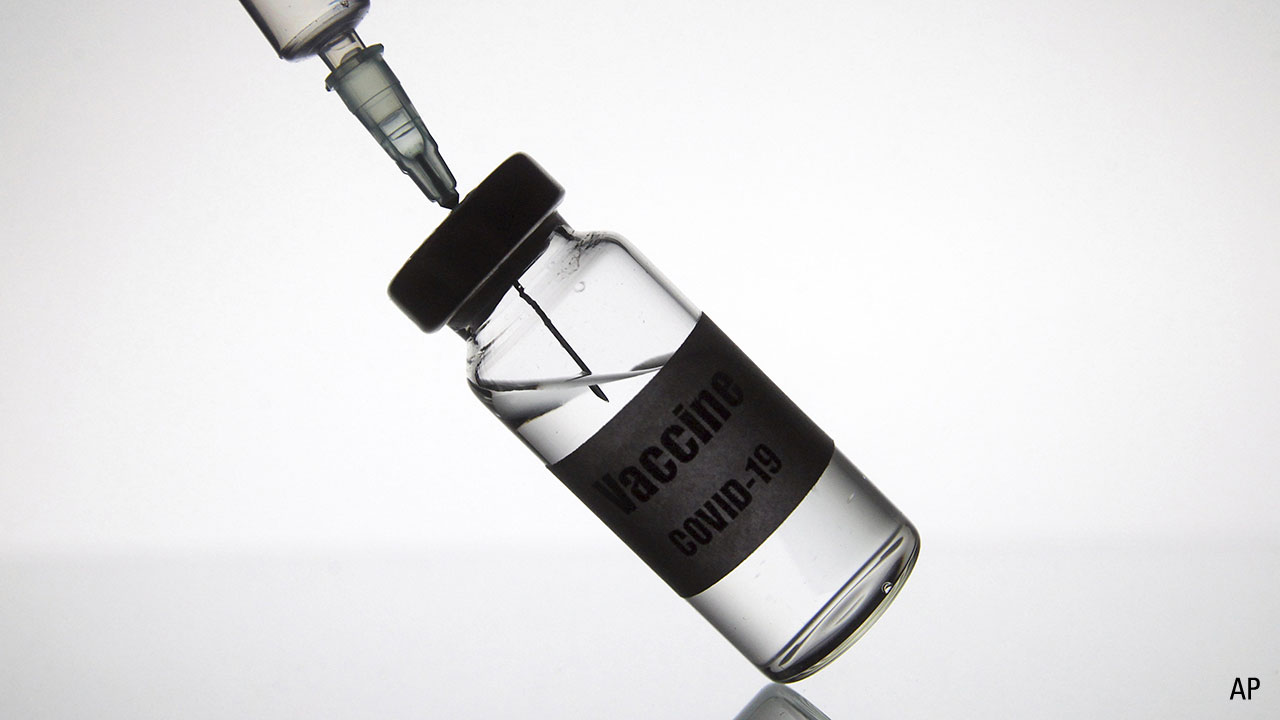BioNTech’s fourth-quarter results were in line with our expectations, but guidance for 2025 was below our expectations due to lower Comirnaty revenue. Additionally, the company narrowed its focus to adjuvant settings for its iNeST program (individualized cancer vaccines), after its Phase 2 trial in metastatic melanoma failed to demonstrate statistically significant improvement in overall survival. Although not entirely surprising, we remove sales of cancer vaccines for metastatic settings from our model. As a result of these adjustments, we lower our fair value to $126 per ADR from $143.
Show me how fair value is derived (00:41)
Morningstar calculates the fair value estimate of a company based on a projection of how much cash the company will generate in the future. Morningstar analysts create custom industry and company assumptions to feed income statement, balance sheet, and capital investment assumptions into a proprietary discounted cash flow modeling template. Scenario analysis, in-depth competitive advantage analysis, and a variety of other analytical tools are used to augment the discounted cash flow process. The analyst discounts future cash flows using the weighted average of the costs of equity, debt, and preferred stock (and any other funding sources), using expected future proportionate long-term, market-value weights.
The Morningstar Fair Value Estimate is a projection/opinion and not a statement of fact. If Morningstar's base-case assumptions are true the market price will converge on Morningstar's fair value estimate over time, generally within three years. Investments in securities are subject to market and other risks. Past performance of a security may or may not be sustained in the future and is no indication of future performance.


